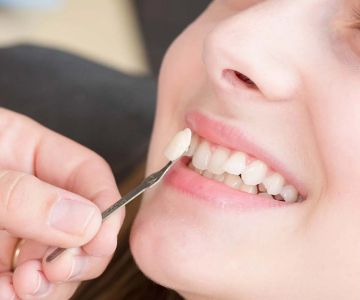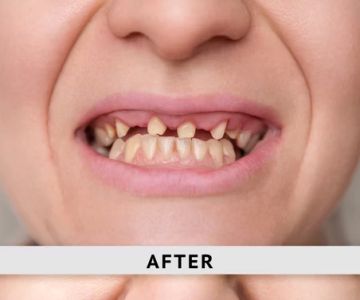Exploring the Best Materials for Tooth Defect Restoration
- Understanding Tooth Defect Restoration Materials
- Popular Material Choices for Dental Restoration
- Case Studies and Real-World Applications
- Making an Informed Decision
Understanding Tooth Defect Restoration Materials
The field of restorative dentistry offers various options for addressing tooth defects. Selecting the right tooth defect restoration material is crucial for both aesthetic and functional outcomes. Each type of material offers unique benefits, which should align with individual patient needs and preferences, as well as the dentist's clinical judgment.
Popular Material Choices for Dental Restoration
Ceramics
Ceramics are renowned for their durability and natural appearance, making them a preferred choice in many restorative procedures. They are particularly effective in replicating the translucence of natural teeth, offering a highly aesthetic result.
Composite Resins
Composite resins are versatile and bond well to the existing structure. They are often selected for their ability to be shaped and colored to match the surrounding teeth perfectly. This material is less abrasive to opposing teeth and easy to repair.
Amalgam
An economical option, amalgam has been used for over a century. Known for its strength and longevity, it's typically used in back teeth restorations where the biting force is greatest. Despite its metallic appearance, many appreciate its reliability and cost-effectiveness.
Case Studies and Real-World Applications
Consider the case of Jane, a patient who suffered from enamel erosion. Using composite resins, her dentist was able to restore her smile effectively. The natural finish of the composite ensured her restored teeth blended seamlessly with her natural ones.
In another instance, a professional athlete required durable restorations. His choice was ceramic inlays, which provided the necessary strength and a visually appealing outcome.
Making an Informed Decision
When it comes to selecting the right material for tooth defect restoration, it's essential to consider both practical and aesthetic factors. Consulting with a qualified dentist can provide insights into which material suits your needs best. If you're interested in exploring these materials further, or if you are considering a restoration procedure, visit Dentistry Toothtruth for more detailed information and personalized guidance.







 Westgate Dental Arts
Westgate Dental Arts Coventry Family Dental
Coventry Family Dental Familia Dental
Familia Dental Dr. Daniel S. Fife, DDS
Dr. Daniel S. Fife, DDS Dentistry At Suburban Square: Michael I. Wollock, DMD
Dentistry At Suburban Square: Michael I. Wollock, DMD Comfort Care Dental
Comfort Care Dental The Importance of Oral Health Education During Pregnancy for a Healthy Pregnancy
The Importance of Oral Health Education During Pregnancy for a Healthy Pregnancy Why Skipping Dental Checkups Can Lead to Bigger Oral Health Problems
Why Skipping Dental Checkups Can Lead to Bigger Oral Health Problems Advantages of Porcelain Dental Restorations
Advantages of Porcelain Dental Restorations Best Tips for Brushing Your Teeth Properly for Healthy Gums: Essential Techniques for Oral Health
Best Tips for Brushing Your Teeth Properly for Healthy Gums: Essential Techniques for Oral Health How Can Diabetes Cause Tooth and Gum Problems? Preventing and Managing Oral Health Issues
How Can Diabetes Cause Tooth and Gum Problems? Preventing and Managing Oral Health Issues Healthy Habits for Promoting Good Oral Health and Hygiene: Tips for a Healthy Smile
Healthy Habits for Promoting Good Oral Health and Hygiene: Tips for a Healthy Smile